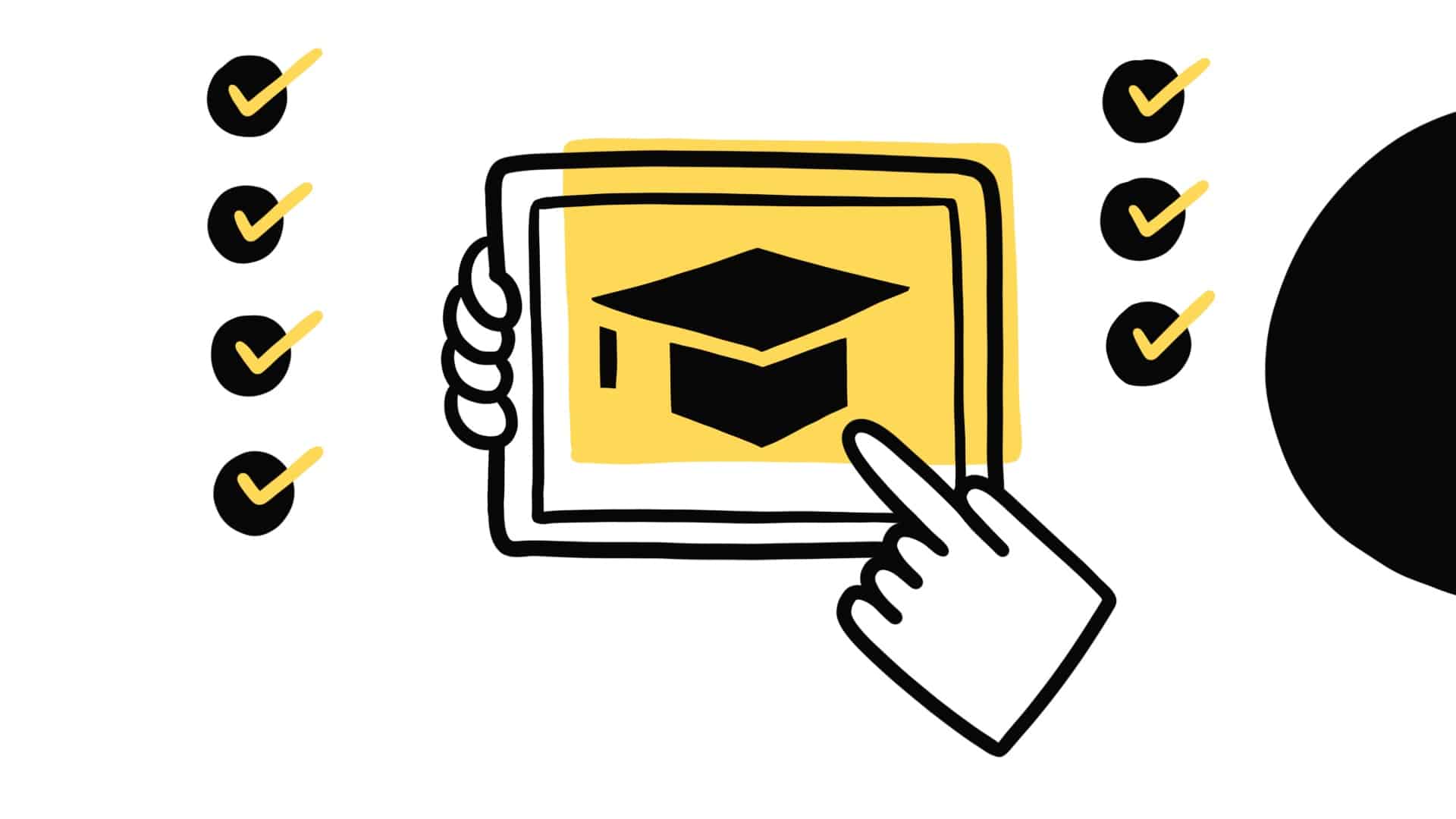
7 Tips For Getting The Most Of Teaching Online
The recent pandemic has caused the classroom to look a lot different than what teachers (and students) are used to. Rather than seeing the (hopefully) smiling faces of their students in person every day, teachers have had to adapt to using online platforms, which means trying to teach through a computer screen. Teaching is a challenging enough profession as it is, and one that deserves a lot of respect. A lot!
If you’re trying to make distance learning work for you and your students, here are a few tips to help.
- Keep your students engaged.
Okay, so you’re not in a classroom where you can bribe the children with a piece of candy for answering a question, but it’s still important to get students to be a part of the lesson. Some students might not show up, and one of the biggest hurdles you find yourself facing is how to get them to wake up on time, show up for video lessons on time, and turn in assignments on time…you get the point. And it very well might not be the student’s fault – they might not have Internet access.So, what’s a teacher to do?- Make sure your communication is clear. You’ve got to make sure that your students know what’s expected of them. What is the deadline for this specific assignment? What should they do if they have issues? Tell them all of these things upfront.
- Emphasize the “fun” factor. Okay, you might think that calling an online math session “fun” is a stretch, but you need to make your students believe it. Try to get as many kids as possible to participate. Hopefully, when the students realize that their friends and classmates are there, too, they’ll want to join in.
- Consider what you’re trying to teach.
Some subjects lend themselves more easily to online teaching than others – for example, it might be easier to teach material related to science, where you’re testing the students’ knowledge of the content, than something like reading comprehension, which is more of a skill. You’ll have to work within your curriculum, naturally, but when you’re thinking about your lessons, look at it from a distance learning standpoint. What’s going to give the students the most benefit when it’s presented via webcam?
(Also, make sure you’re checking in with your students to ensure that they understand the questions they’re being asked. Try not to get ahead of yourself – asking “Which animal is a carnivore?” might be met with crickets if your students aren’t entirely sure what a carnivore is.) - Keep confusion to a minimum.
What we mean by this is that it’s really important to give instructions that are easy to follow. When you’re teaching online, it’s way harder to sense the confusion your students might be feeling than in the classroom. This applies to the platforms and tools you’re using (i.e. Google Drive) as well as the material you’re trying to teach. Introducing new material via online learning might be difficult, so perhaps it’s best to focus on reviewing material and seeing whether students are retaining it. - Be creative with new material.
Now, you can’t keep reviewing forever – there will come a point where you’re going to have to throw some new material at the kids. To minimize the blank looks and cricket chirps, present the new material in context with the material the students have already learned. (And if they need to review the context that will help them understand the new stuff, help them find that information.)Also – don’t forget to give examples. Particularly in something like math, having examples of problems worked out step-by-step with explanation can really help students, who have to be more independent when working from home.When you’re introducing new material, keep it short, sweet, and to the point. Kids can’t handle sitting through a super long video lecture about something new. They will tune out and get lost. So – teach the new material in bite-sized pieces. You can always circle back and reinforce the new stuff later. - Get the students to use their brains.
Okay, okay – yes, they’re using their brains. But make them work at it a little more by making online learning more interactive. They need to be able to apply the information they’ve been learning. Maybe you can use your online platform to do little quizzes. Or you can have your students answer big questions about the material. Basically, try to hear their voices and get their responses. Hopefully you’ll be able to look at or listen to their responses so you can check their work or help them work through a wrong answer to get to the right one. - Figure out the balance between group time and individual time.
While trying to get the entire class together at the same time for a group lesson might seem like a logistical disaster, it’s important for the students to get together as a group. It’s not necessarily feasible to have students doing all of their work individually – while some might have parents who are able to help them harmoniously with their school work, many do not. So, don’t give up with having group time and class meetings. At the very least, it can help everyone feel like they’re in it together. - Have the right tools.
It’s also a good idea to have a website that allows your students to easily find the classes they are looking for. We at Market House can help with that. We can help you create a site that organizes your classes and even gives a countdown for when the next session is. You can explain the course, give a description, and help your students stay connected so they can get the most out of online learning.
—
Online teaching can be a major challenge, and it can be really hard for all parties involved – frustrated students and beleaguered teachers alike. So, teachers, we here at Market House are so grateful for you. Thank you for everything that you do!
Read More Unique


